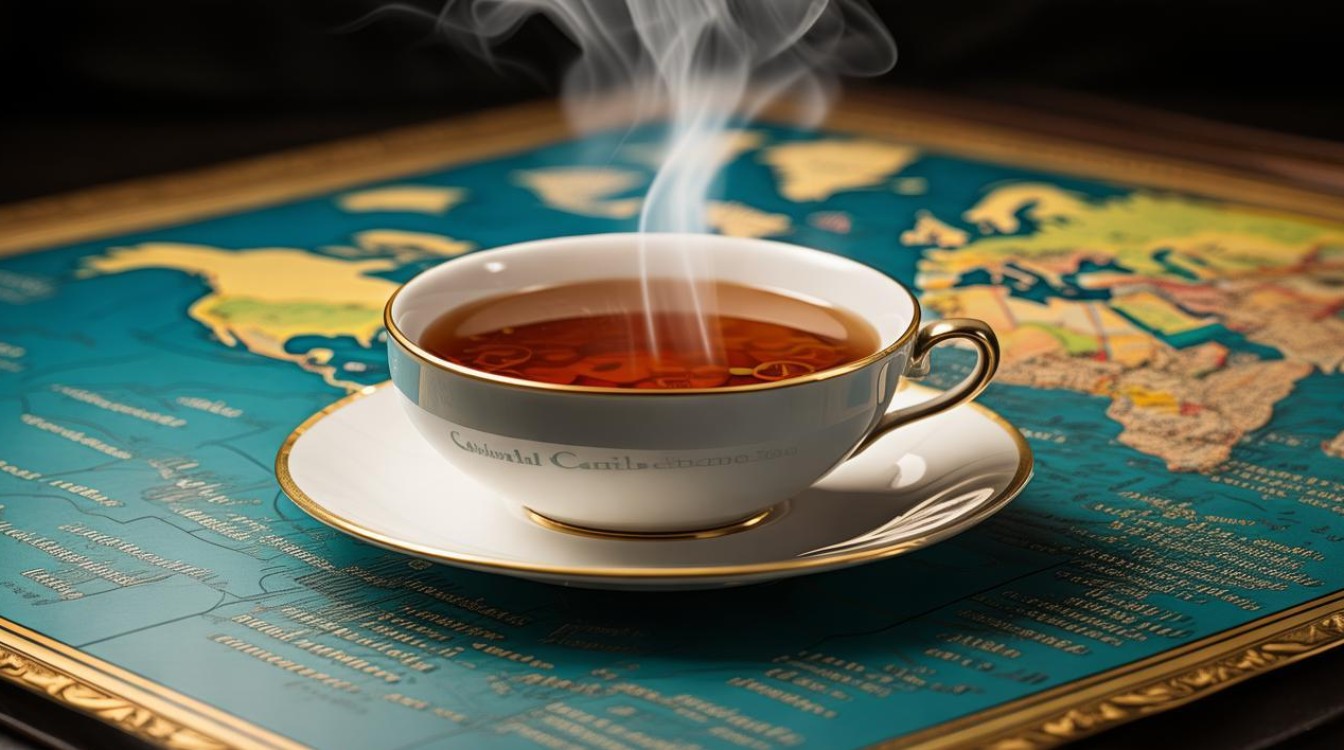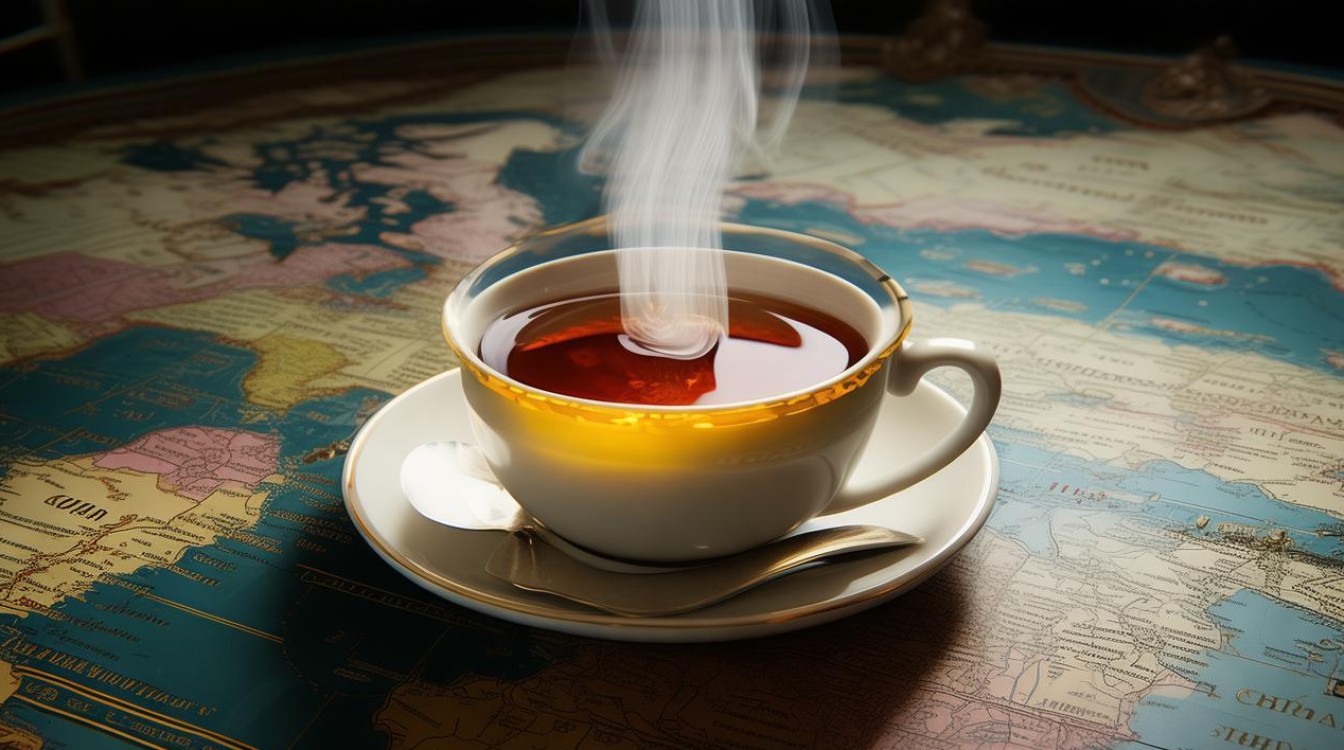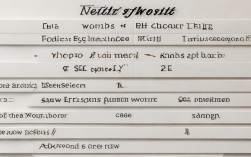The word "tea" is universally recognized, but its origins reveal a fascinating story of trade, culture, and linguistic evolution. To uncover where "tea" comes from, we must travel back to ancient China and follow the paths of merchants and explorers who spread this beloved beverage across the world.

The Chinese Origins of "Tea"
The term "tea" can be traced to the Chinese character 茶, pronounced as "chá" in Mandarin. This character has been used for millennia to refer to the leaves of the Camellia sinensis plant and the drink made from them. Historical records show that tea was first cultivated in China’s Yunnan province, with early references dating back to the Shang Dynasty (1600–1046 BCE).
As tea became integral to Chinese culture, different dialects influenced its name. In the Min Nan dialect, spoken in Fujian province, the character 茶 is pronounced "tê." This pronunciation played a crucial role in how the word spread globally.
How "Tea" Traveled the World
The global dissemination of the word "tea" followed two primary linguistic routes, shaped by trade networks:
-
The Maritime Route: "Tea" via Min Nan Dialect
European traders, particularly the Dutch, first encountered tea in the 17th century through the port of Xiamen (Amoy), where the Min Nan "tê" was used. The Dutch adopted it as "thee," which later evolved into:- English: tea
- French: thé
- German: Tee
- Spanish: té
These languages reflect the Fujianese influence, showing how a single dialect shaped terms across continents.

-
The Overland Route: "Chai" via Mandarin and Persian
Inland trade routes, such as the Silk Road, carried tea north and west from China. Persian traders adopted the Mandarin "chá" as "chay," which spread to:- Russian: чай (chai)
- Arabic: شاي (shay)
- Hindi: चाय (chai)
- Turkish: çay
This branch highlights how land-based trade preserved the original Mandarin pronunciation.
Why Two Different Words Exist
The divergence between "tea" and "chai" stems from geography. Coastal regions interacting with Fujianese merchants adopted "tê"-based terms, while inland traders retained "chá." This split mirrors historical commerce patterns, with European sea powers favoring one form and overland Asian networks another.
Tea’s Cultural Impact Beyond Language
Beyond linguistics, tea’s journey influenced social rituals worldwide. In Britain, afternoon tea became a tradition; in Japan, the tea ceremony evolved into an art form; in Morocco, mint tea symbolizes hospitality. Each culture adapted tea to local customs, yet the shared vocabulary underscores its Chinese roots.
Debunking Misconceptions
Some assume "tea" has Indian or European origins due to colonial trade. However, linguistic evidence confirms China as the source. Even Assam tea, native to India, derives from Chinese Camellia sinensis varieties transplanted during British rule.

The Legacy of a Single Word
The word "tea" is more than a label—it’s a testament to globalization before the modern era. From Chinese emperors to London cafés, its linguistic journey mirrors humanity’s interconnected history.
Understanding where "tea" comes from enriches every sip, linking drinkers to centuries of exploration and exchange. Next time you brew a cup, remember: you’re tasting a word that sailed oceans and crossed deserts to reach your table.



